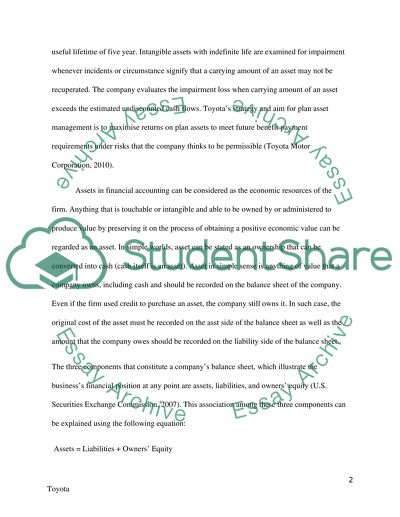Cite this document
(“Toyota Motor Corporation Essay Example | Topics and Well Written Essays - 1500 words”, n.d.)
Toyota Motor Corporation Essay Example | Topics and Well Written Essays - 1500 words. Retrieved from https://studentshare.org/finance-accounting/1438365-choose-a-company-research-what-assets-the-business
Toyota Motor Corporation Essay Example | Topics and Well Written Essays - 1500 words. Retrieved from https://studentshare.org/finance-accounting/1438365-choose-a-company-research-what-assets-the-business
(Toyota Motor Corporation Essay Example | Topics and Well Written Essays - 1500 Words)
Toyota Motor Corporation Essay Example | Topics and Well Written Essays - 1500 Words. https://studentshare.org/finance-accounting/1438365-choose-a-company-research-what-assets-the-business.
Toyota Motor Corporation Essay Example | Topics and Well Written Essays - 1500 Words. https://studentshare.org/finance-accounting/1438365-choose-a-company-research-what-assets-the-business.
“Toyota Motor Corporation Essay Example | Topics and Well Written Essays - 1500 Words”, n.d. https://studentshare.org/finance-accounting/1438365-choose-a-company-research-what-assets-the-business.


